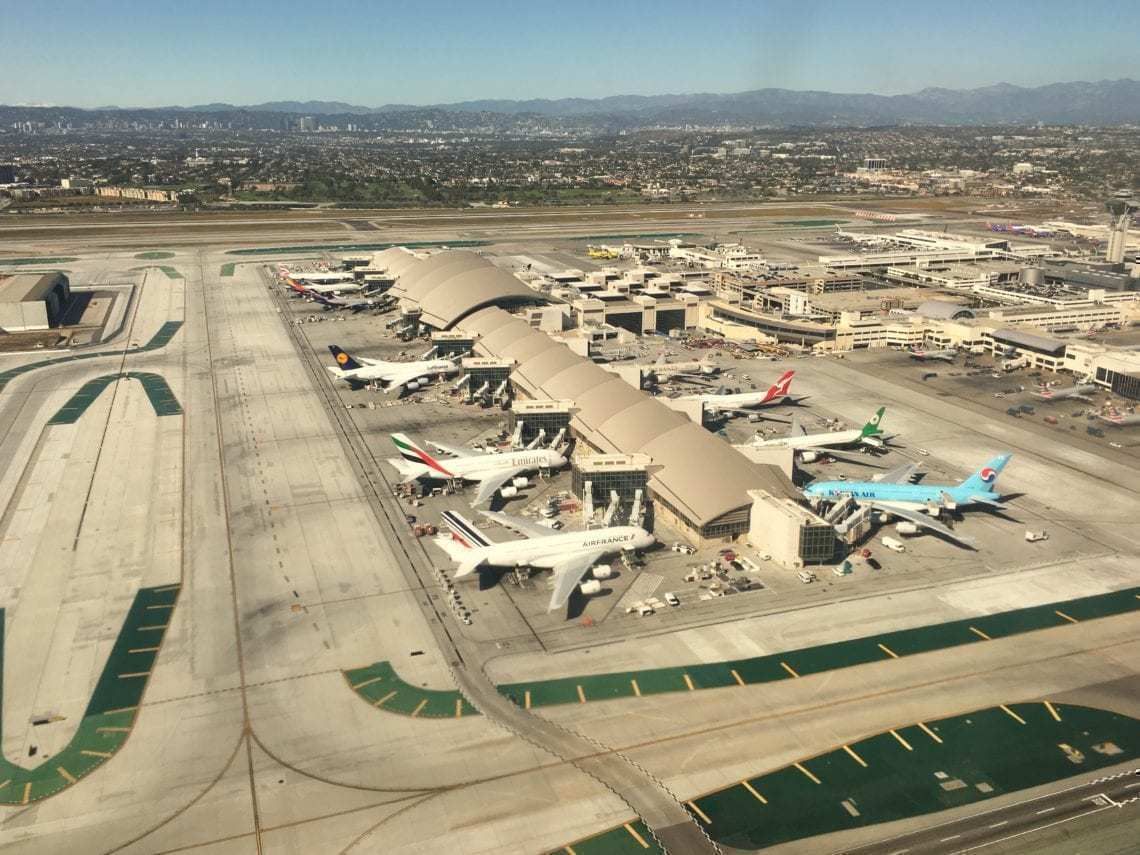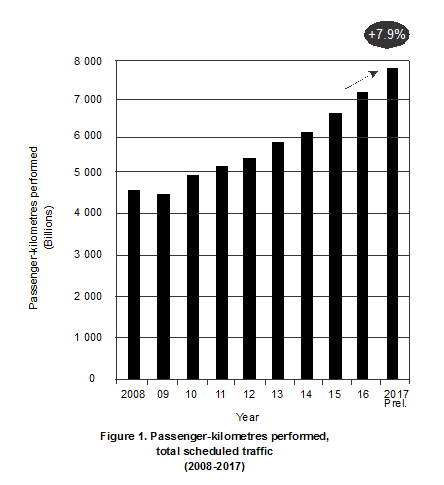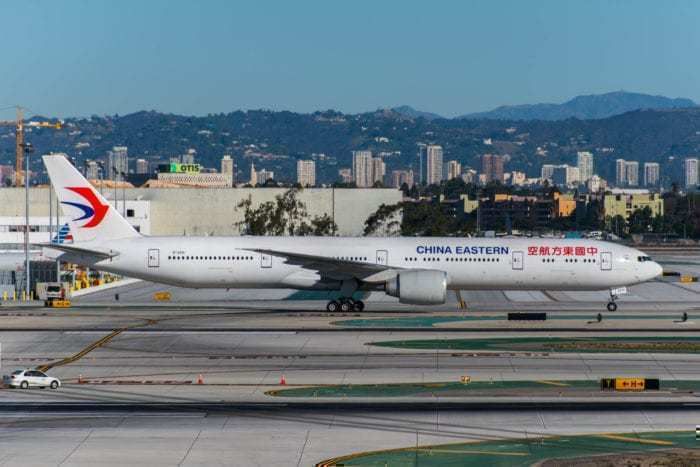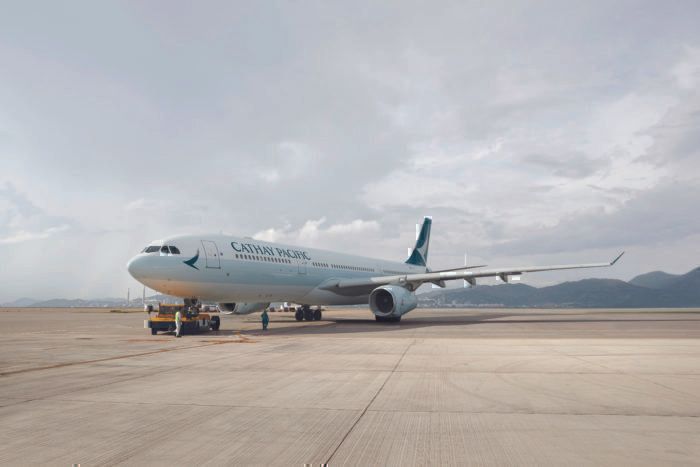You get off a long-haul flight. After a solid 12-14 hours with ~200 other passengers, you wonder what you'll come down with. Some passengers may leave the airport in excellent health; others may suffer jet lag and associated symptoms. But the worst-case scenario involves contracting a contagious and unpleasant disease like measles. Measles cases are on the rise in the aviation world. But why?
Measles
Measles is a contagious infection that can cause a variety of uncomfortable symptoms. These include a cough, runny nose, sore throat, and a fever, all of which sound a lot like a nasty cold or 'flu. However, the presence of rashes on the skin and spots in the mouth can help confirm a case of measles. If you suspect you may have the disease, it is always good to check with a doctor and ask them for advice on planning travel.
Measles itself is highly contagious, and the virus can be spread through the air. An infected person may infect others via droplets emitted during a conversation, sneezing, or coughing. In addition, the virus can last in this form for several hours. As a result, one person carrying the measles can infect a large number of people.
What about measles on planes?
Sharing space with fellow passengers can be an enlightening experience if it sparks great conversation. However, chances are, you probably wouldn't be too happy sitting next to someone who is sick. Unfortunately, avoiding sick people won't do you much good when you're on a plane. When you share the same air, lavatories, and (from previous passengers) tray tables and seats, you could pick something up. In this way, measles can easily be spread to passengers who are unvaccinated or have other factors that make them susceptible to contracting measles.
With more passengers flying longer and farther each year, the rise in the number of measles cases is not exactly surprising. Passengers, especially from areas with measles outbreaks or low vaccination rates, can carry the disease with them and spread it to new passengers and destinations.
Notable cases
Just recently, Simple Flying reported about a couple cases of measles and air travel.
In Tel Aviv, an El Al flight attendant who arrived from New York ended up in critical condition after contracting measles. This led to warnings being passed along to other passengers and crew who were on the flight to be aware of any measles symptoms. The flight attendant in question was last reported to be in serious condition.
Then, in February, it was reported that a passenger arriving on a China Eastern flight from Shanghai transited through Los Angeles International Airport and was infected with the measles virus. Thus, potentially exposing many passengers to the disease.
It turns out the passenger in question arrived a few hours before I landed and went through the Tom Brady International Terminal. Coincidentally, I also flew on their connecting flight - except the one departing the next day.
In another instance, a Cathay Pacific pilot flew multiple flights to major cities like Singapore and Bangkok while ill with measles. The pilot may not have recognized the symptoms or the symptoms may have been mild during the period in which he traveled.
What should I do?
It is always good to stay healthy while traveling. It is never a bad idea to wash your hands routinely. Wiping down your armrests, tray table, and any remote controls with a sanitary wipe can also help keep you healthy while flying. These simple preventative measures can help keep you from exposing yourself (and others) to infectious diseases like measles.
It is also a good idea to check your destinations for any warnings regarding measles. Travel medicine personnel or embassies may be able to provide you with the information you need regarding measles and international travel.
Children are especially vulnerable and the Washington Post lays out an example of decision making in regards to international travel and keeping your children healthy. Regardless, if you're ever in doubt, the best option is to speak to a medical professional. It is never fun to end up sick on vacation!
Have you ever been sick after travel? Were you affected by a measles outbreak on a plane? Let us know in the comments!





